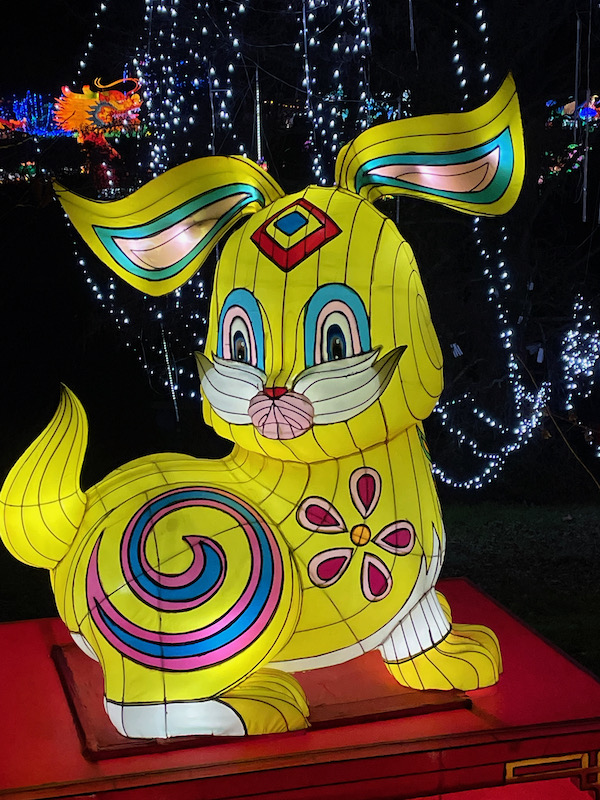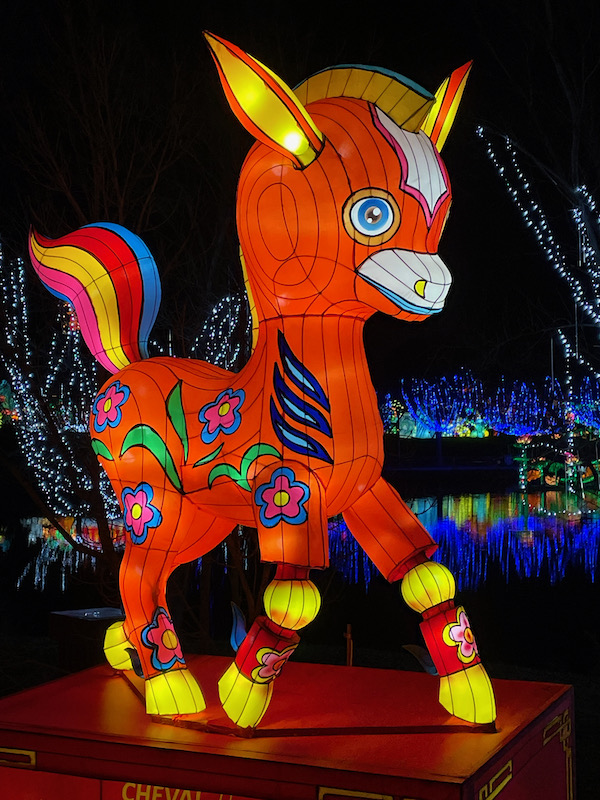Our Blog - Chinese Lantern Festival in Blagnac 2022
In 2019, we went to Gaillac to see the Chinese Lantern Festival, which was quite impressive. This year, it moved to Blagnac (a suburb of Toulouse and where the Toulouse airport is) making it much more convenient. It is supposed to stay here for a few years before moving to a location in Toulouse. This was a very transport-friendly location: there are bus and tram stops nearby and you could also park at one of the airport parking lots and shuttles were provided from there. We had planned to go last year with friends but it was raining once we got done with dinner so we decided to delay our visit. We finally found a dry evening and headed over with a friend.
The art of lanterns goes back a thousand years. It dates from the Tang dynasty, between the 7th and 10th centuries. It is a traditional art from the city of Zigong in the Sichuan province, which is called the City of Lanterns. An interesting piece of trivia: the province of Sichuan also has the largest number of Jurassic dinosaur fossils in the world.
A few numbers about this year's festival, it contains:
- 2,500 lanterns
- More than 180 tons of metal
- More than 80,000 bulbs
- 1 ton of porcelain
- 50,000 m2 of silk
- 30,000 pieces of ceramic
- Spread over 8 hectares
The lines were pretty short compared to our last visit in Gaillac, but they had plans for lots of people. After weaving through the empty line areas, we finally got through the gate and walkway.
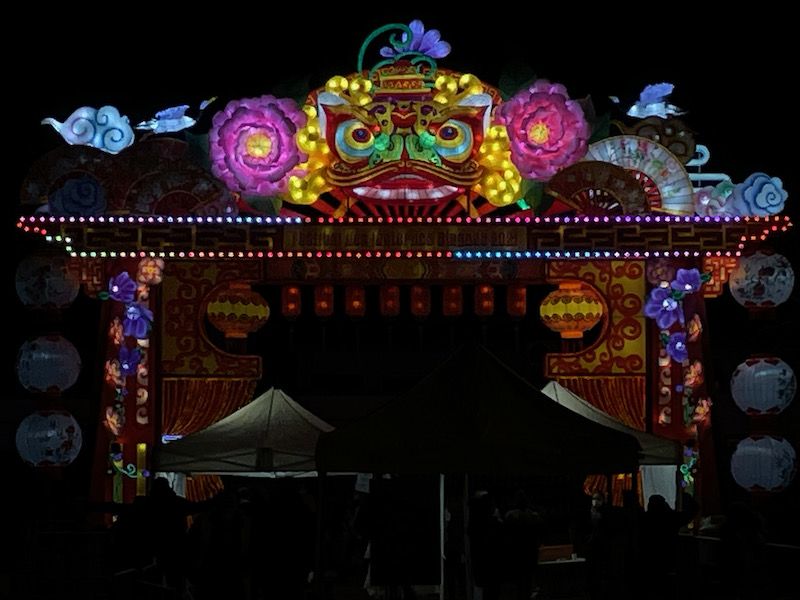
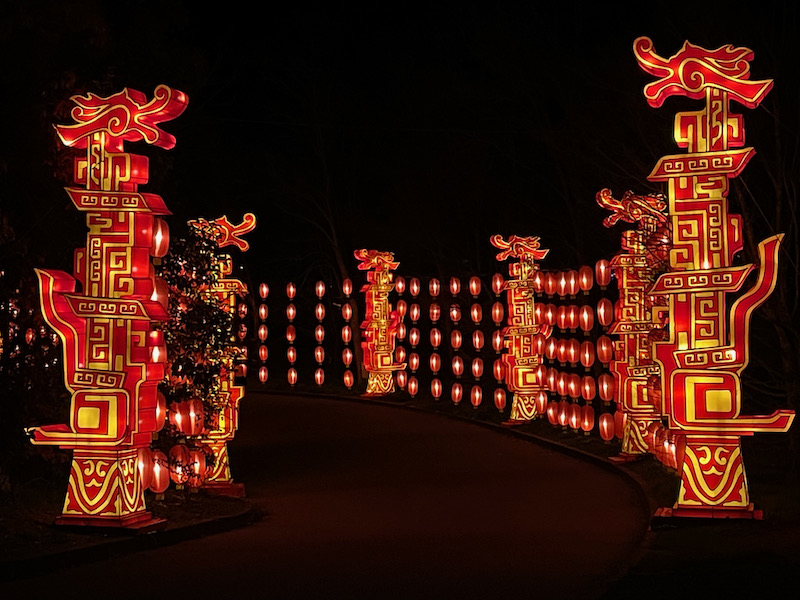
The first lantern group that we came across was the Legend of the flying Kunpeng fish. Kunpeng are two large creatures from the ancient myths and legends of China. The transformation of the fish "Kun" into the bird "Peng" represents a metaphor of a long and limitless future. Here we see the Kunpeng (it looks like a whale with wings) as it takes flight from the ocean, with various ocean animals and plants.
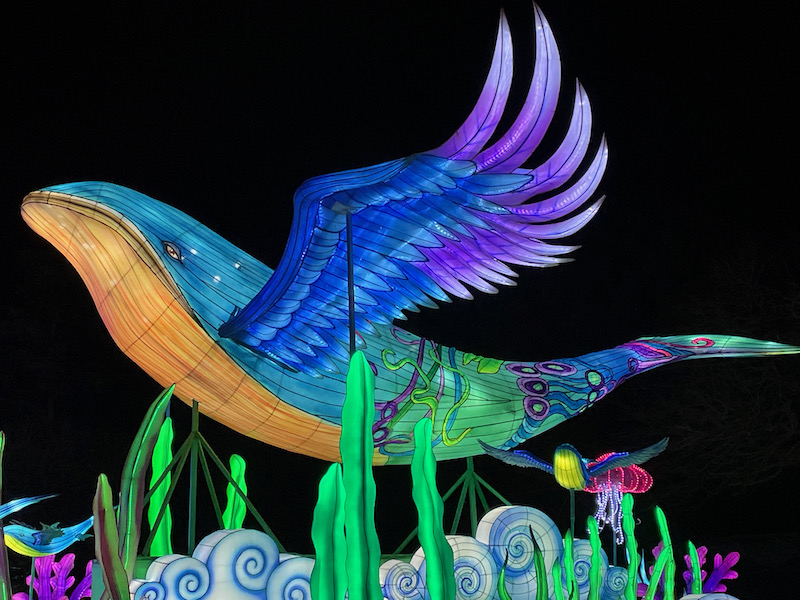
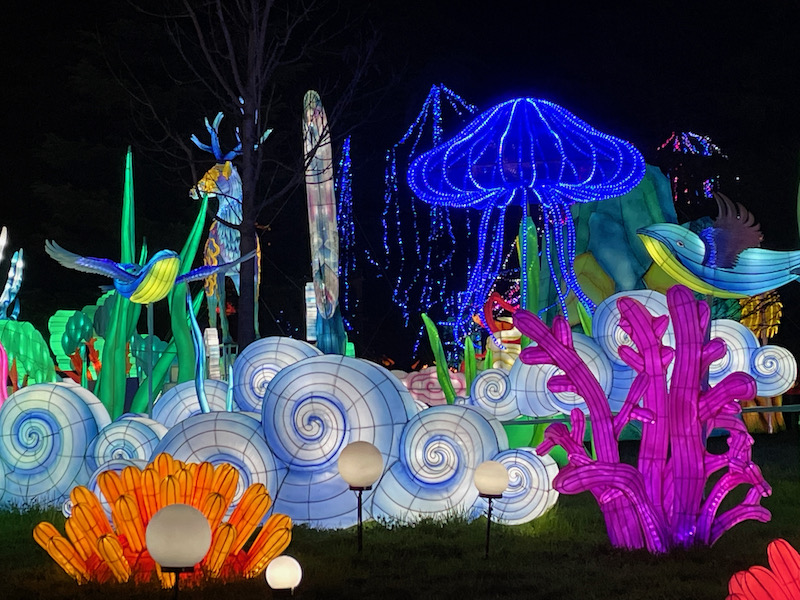
The park where the lantern festival was held has a large lake in the middle, and there were several displays in the lake, including a large dragon boat. The dragon boat races recount a very old and popular story. The boats represent power and royal privilege.
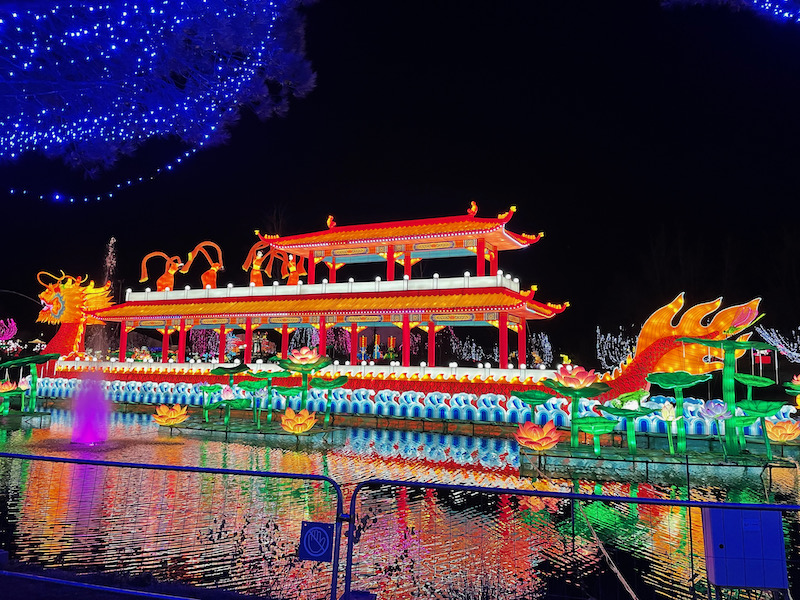
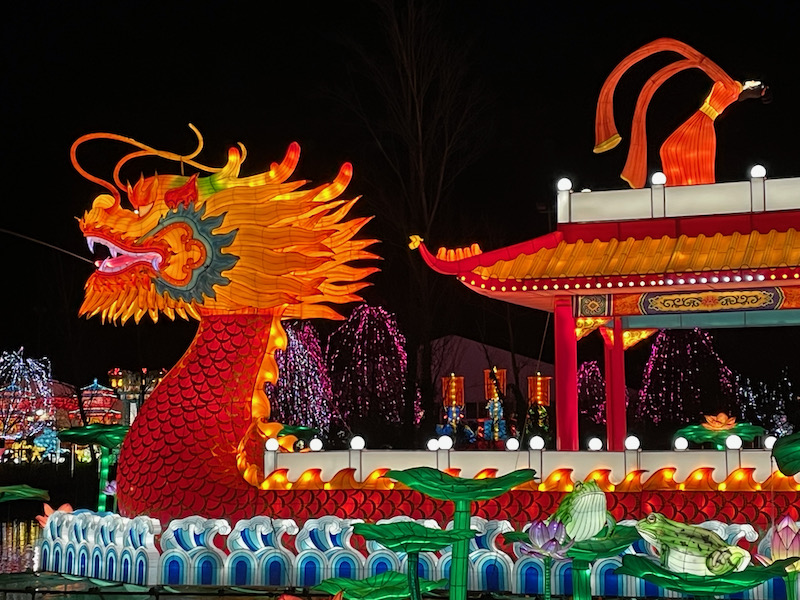
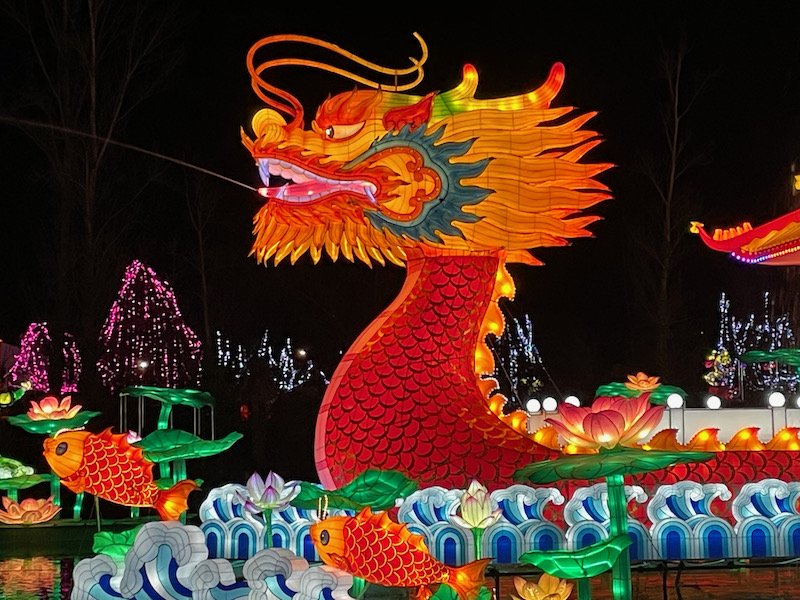
The Dragon brings rain, which is essential for agriculture. Unlike western dragons, Chinese dragons carry luck and good life.
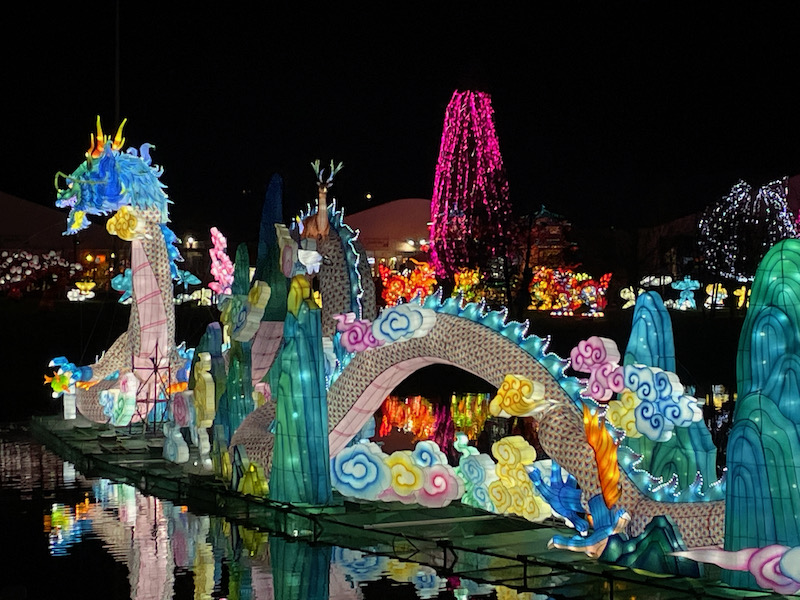
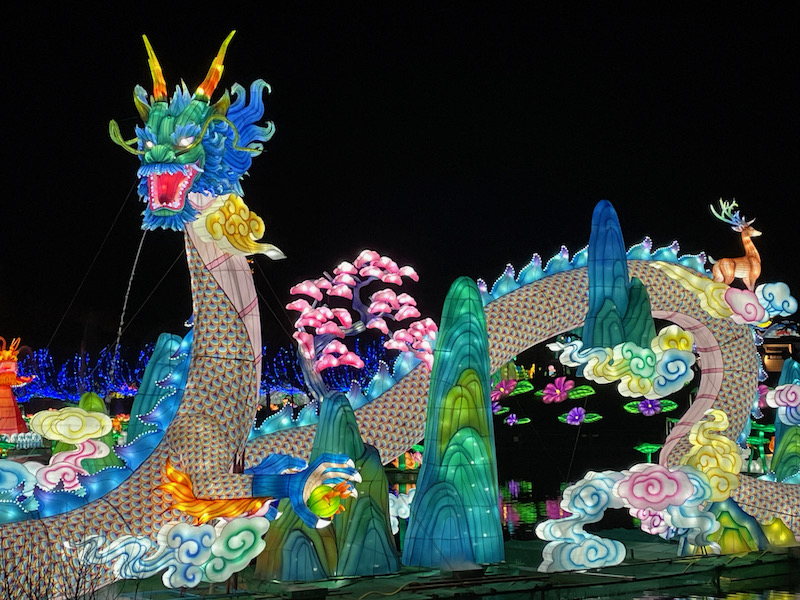
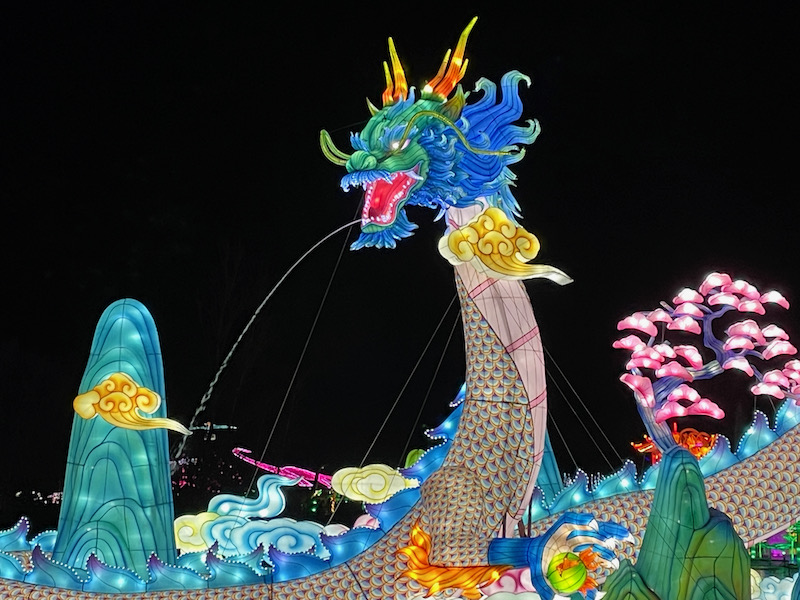
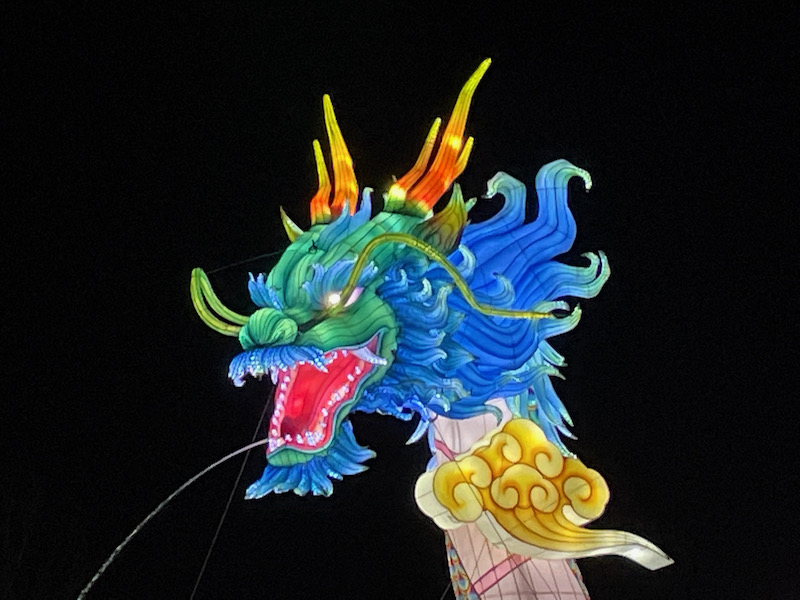
The Fuzhu is a mythical deer found in Chinese mythology. It is described as a beautiful white deer with 4 antlers instead of the normal 2. The legend of Fuzhu says that the Jade Emperor offered the extra pair of antlers to prolong its life. Supposedly it was determined to clear the world of pain and filth with rain and flooding.
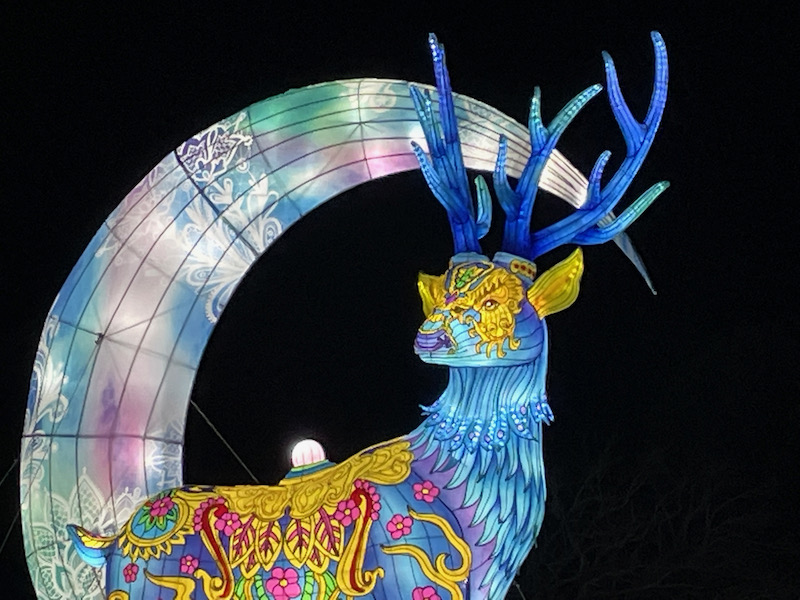
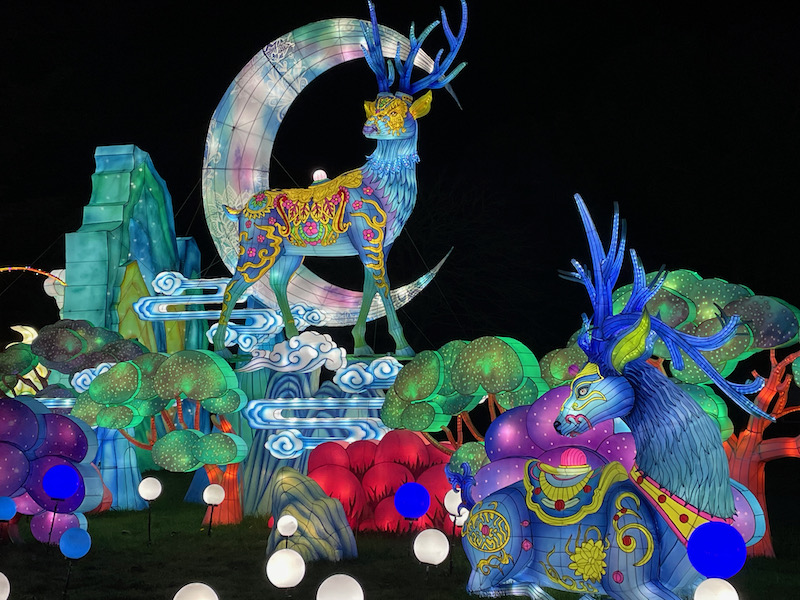
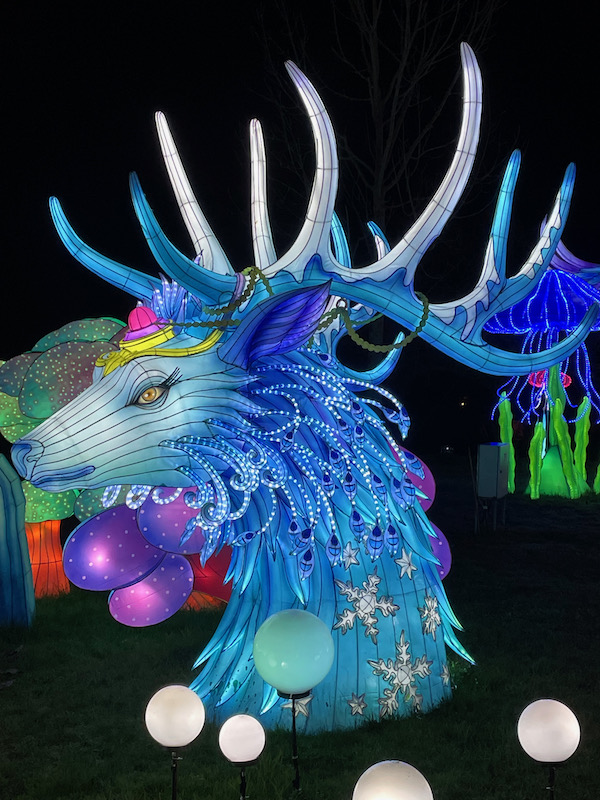
Sun Wukong, known as the Monkey King, was the main character in the 16th century Chinese novel Journey to the West. After rebelling against heaven, he is imprisoned under a mountain by the Buddha. After 500 years, he accompanies the monk Tang Sanzang and two other disciples on a journey to get back Buddhist sutras from the West, where Buddha and his followers live.
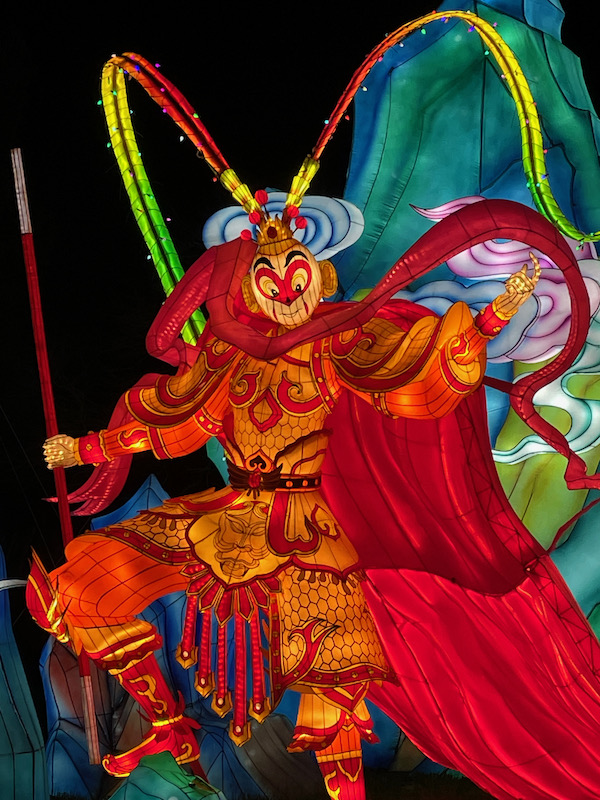
Then some miscellaneous ones
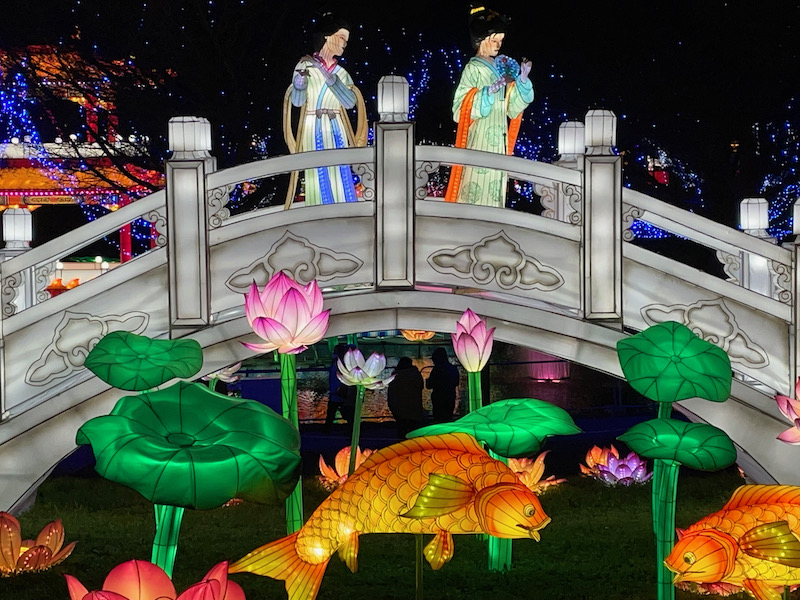
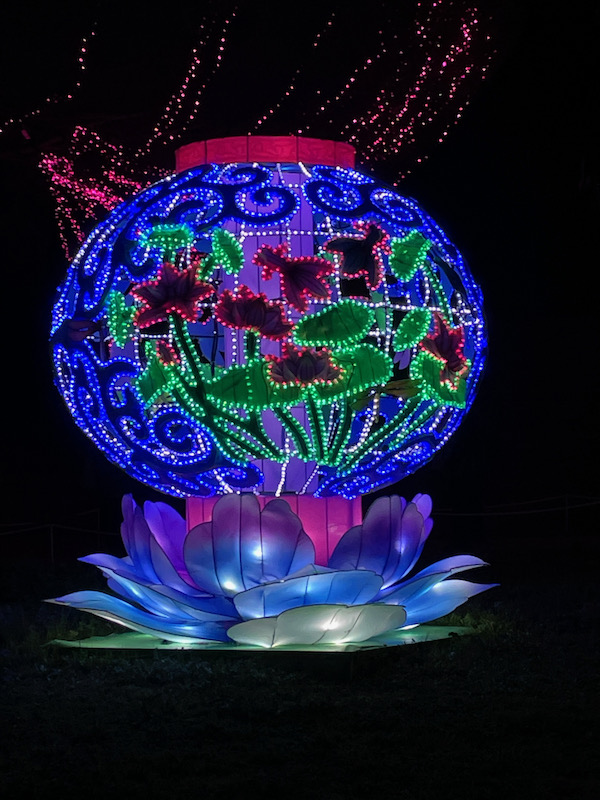
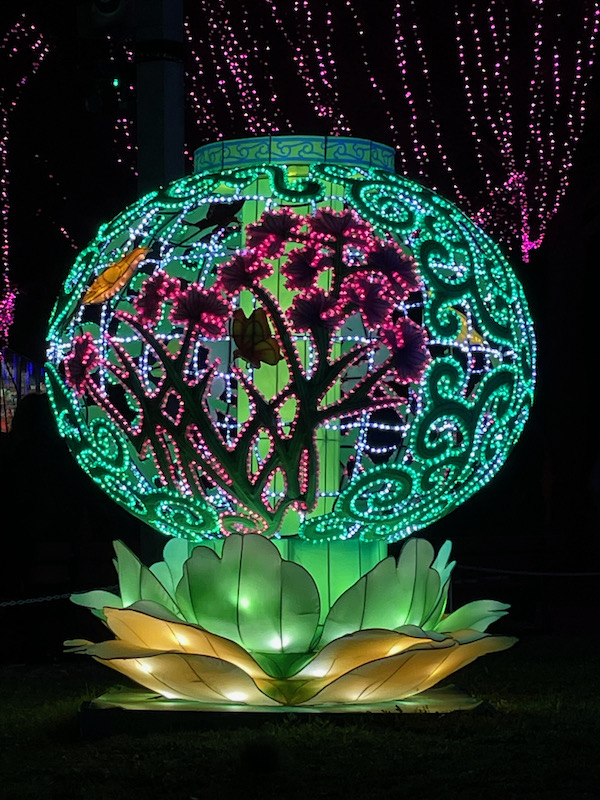
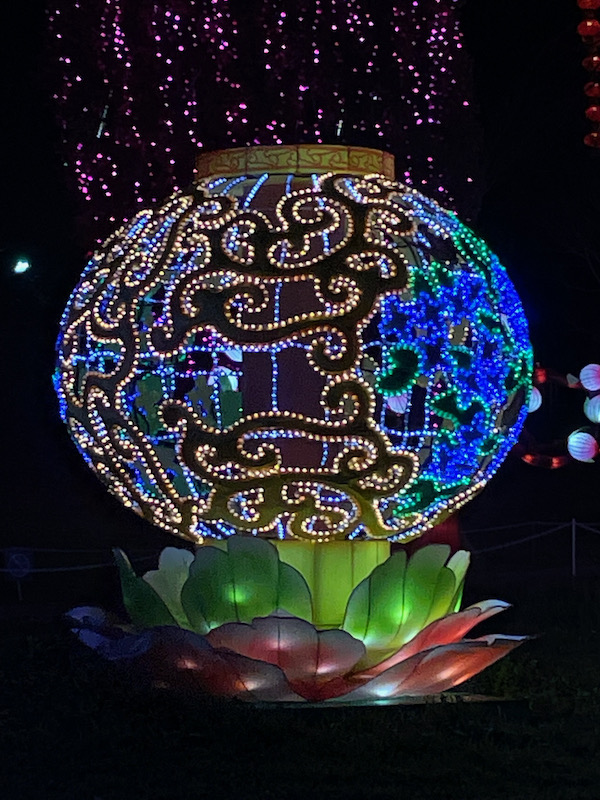
They normally have a tall pagoda, this one called the Jiutian Tower.
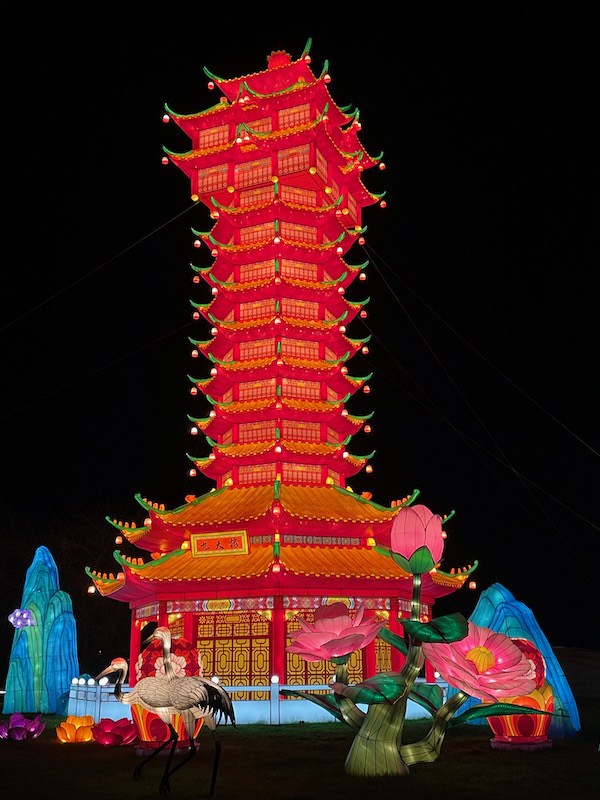
Pandas! They also had a panda section in Gaillac, if I remember right. There was a large area with multiple pandas, hanging out in a bamboo forest.
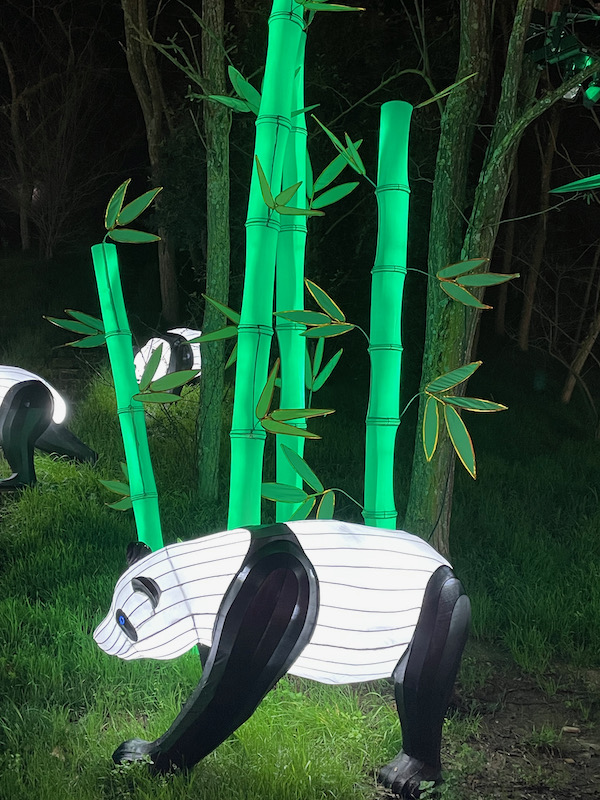
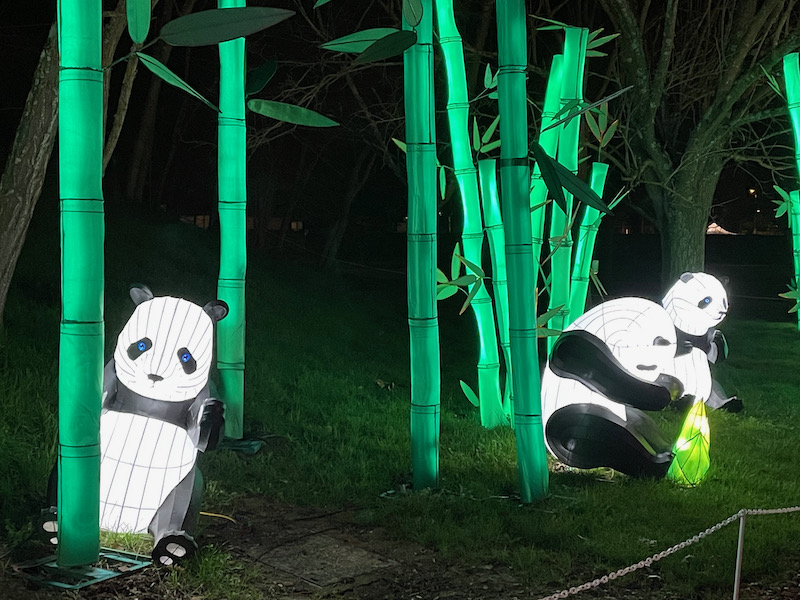
Blagnac is sometimes called the Cradle of Aeronautic, being the home of Airbus and ATR. Blagnac has 800 hectares of aviation activities, so they included a section for the history of aviation.
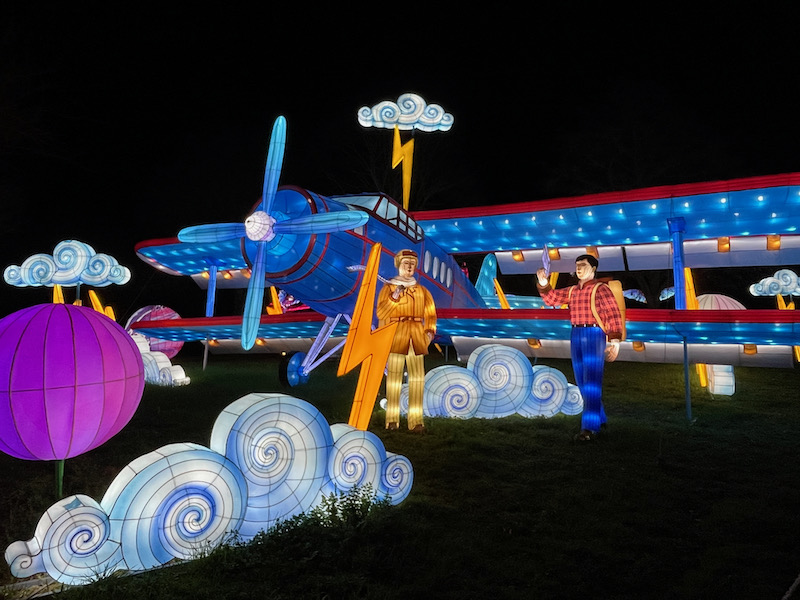
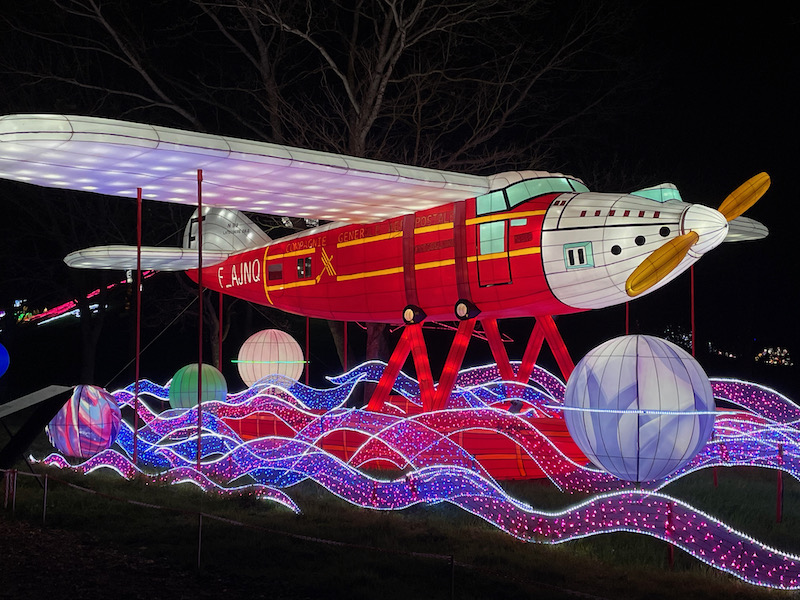
There is a little creek running through the park, and they had a set of birds on the banks and sitting on platforms in the middle of the creek
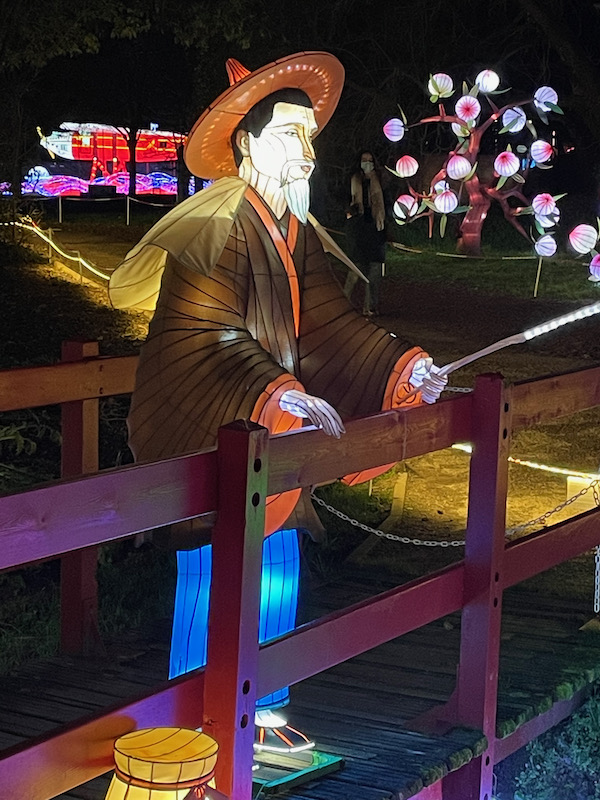
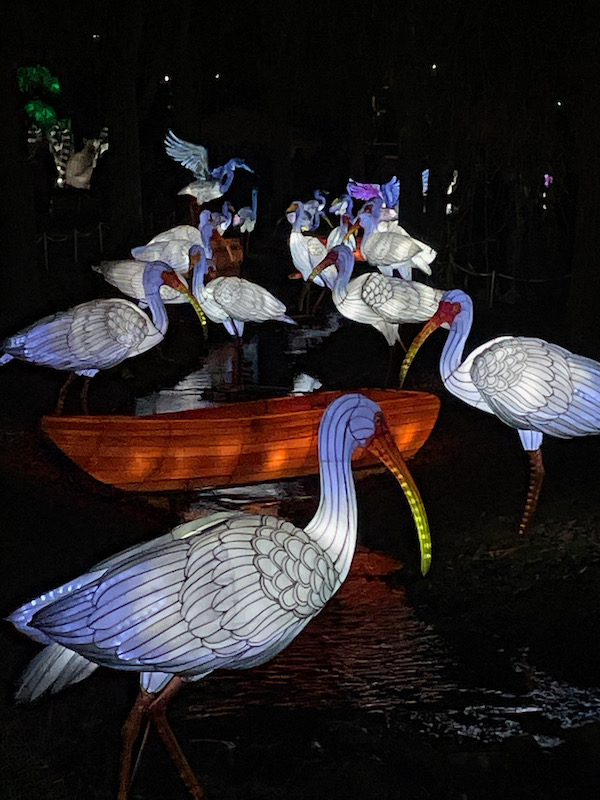
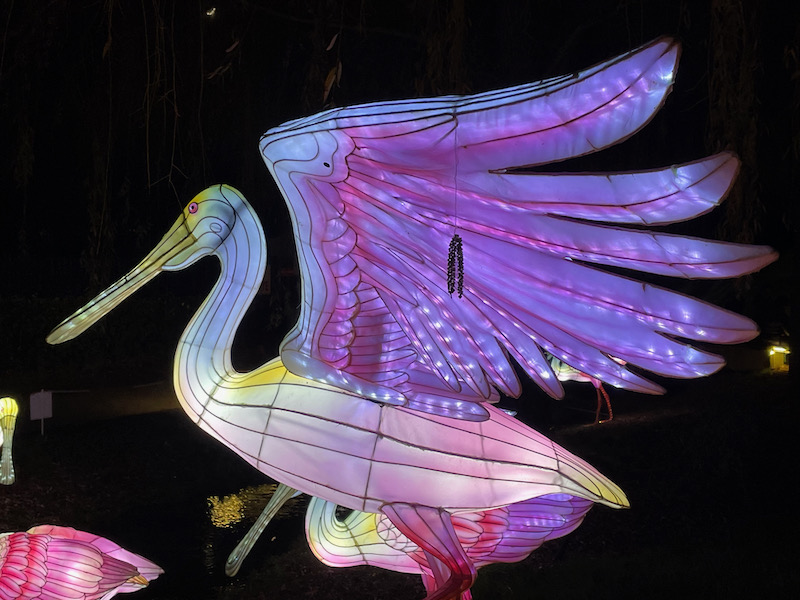
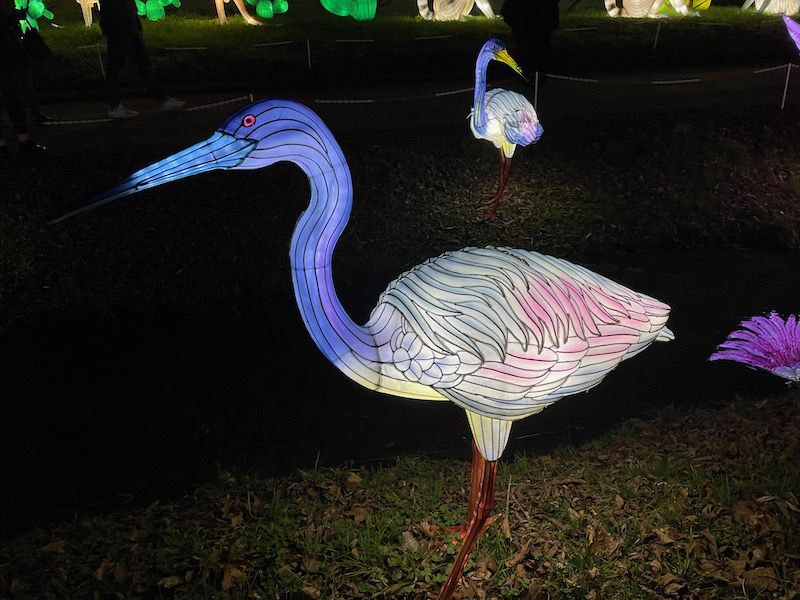
Then a section for a "safari" that included Rhinos and zebras.
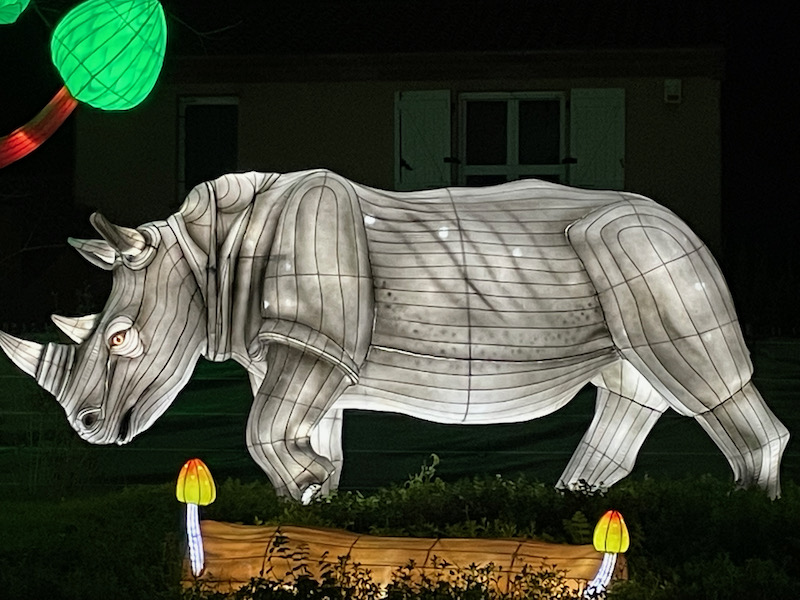
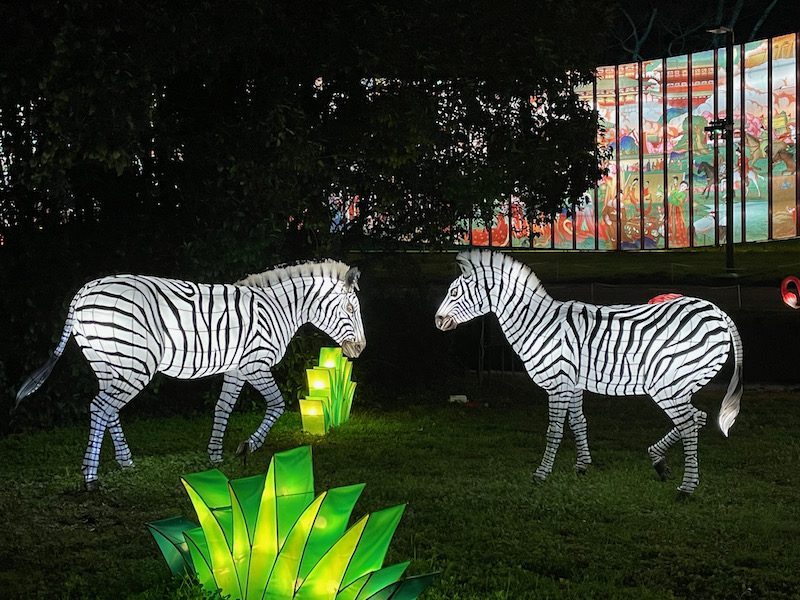
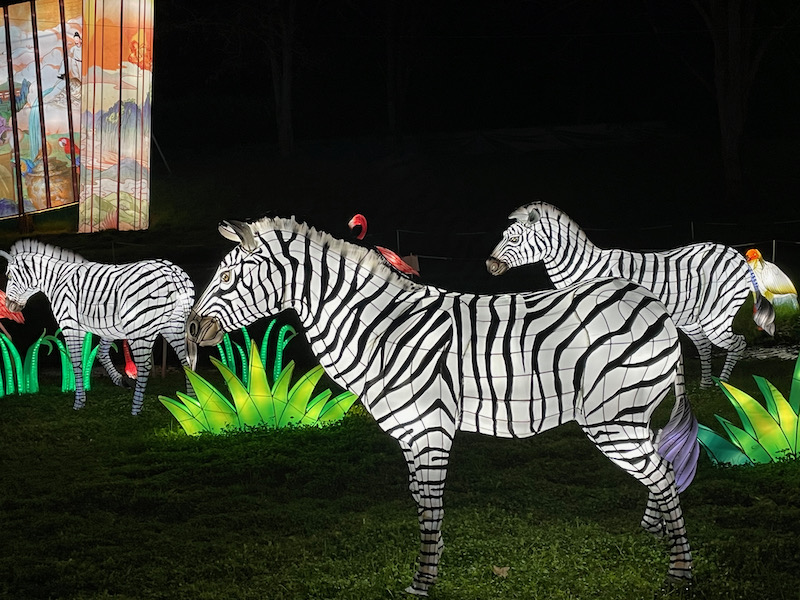
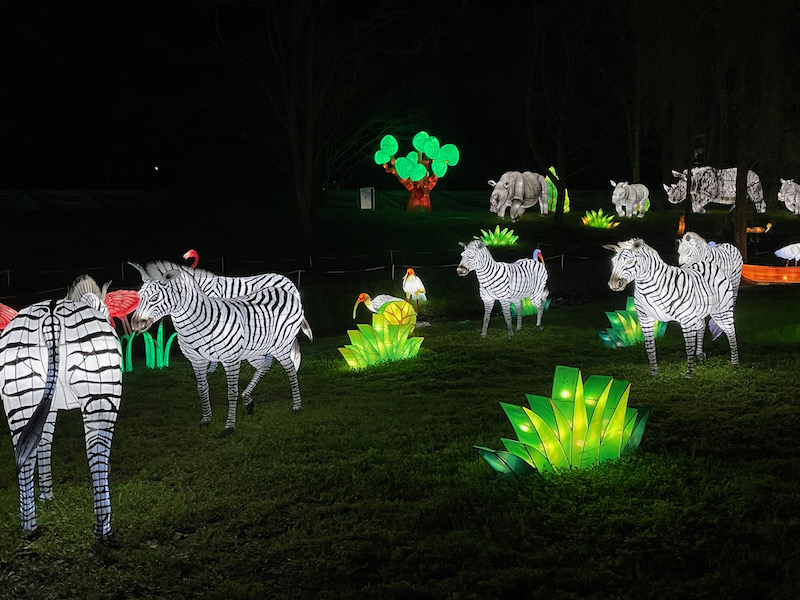
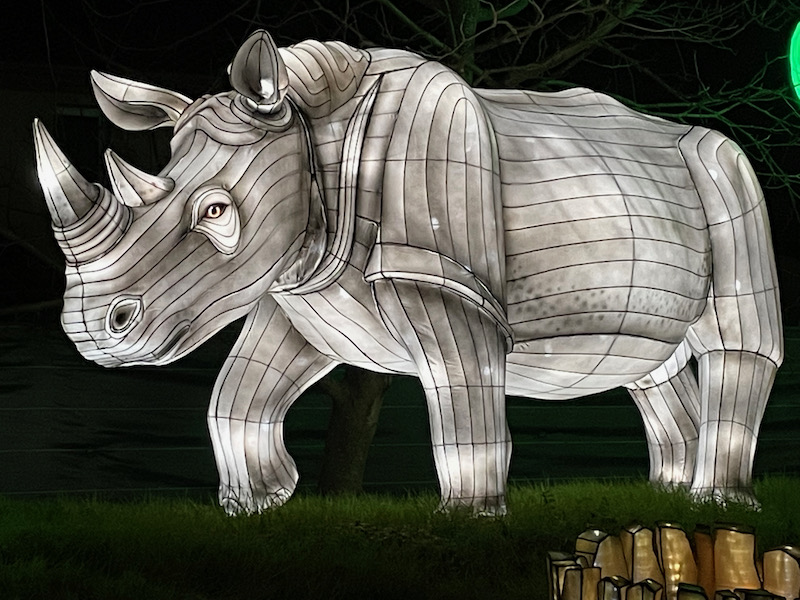
They also had a big section with dinosaurs, called the Jurassic Park. It included dinosaurs in silk lanterns as well as others in resin that moved and made dinosaur sounds.
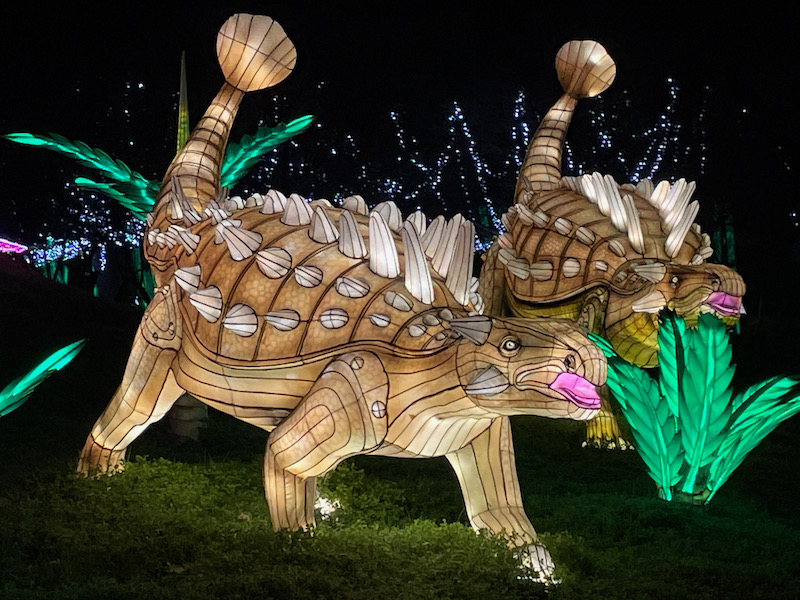
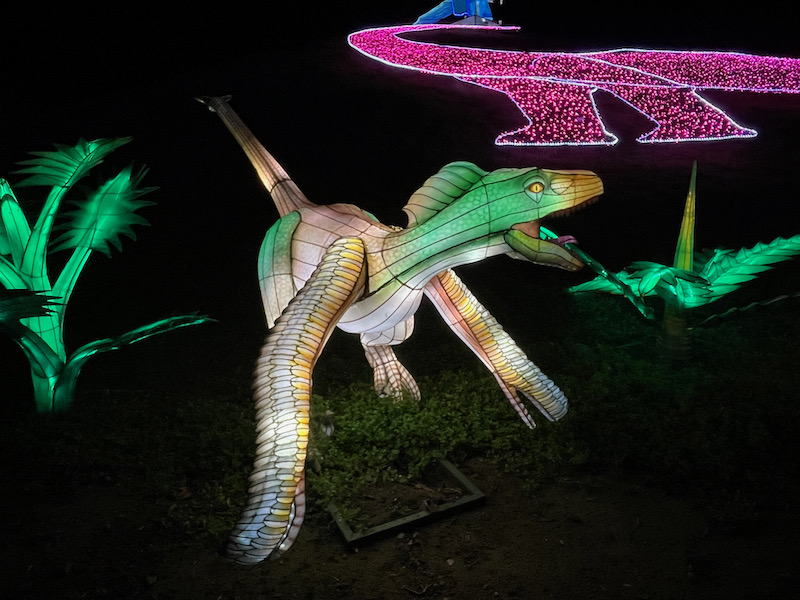
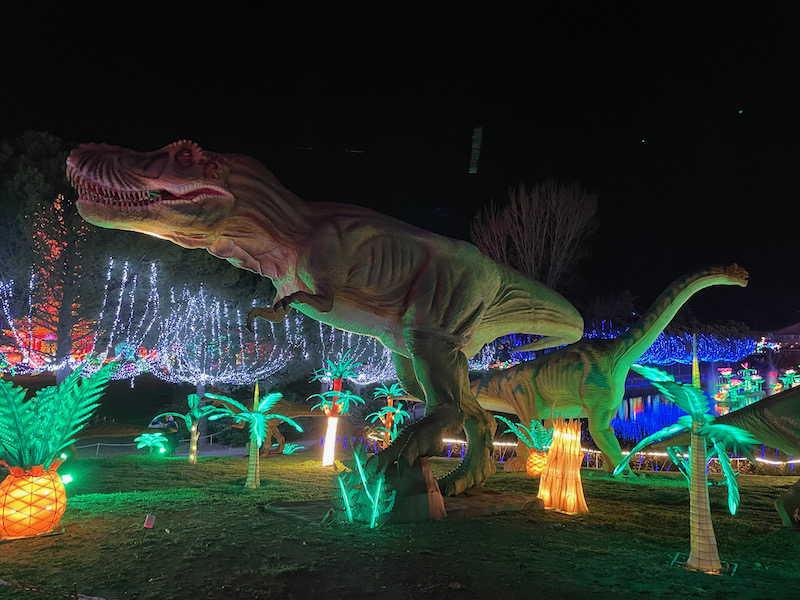
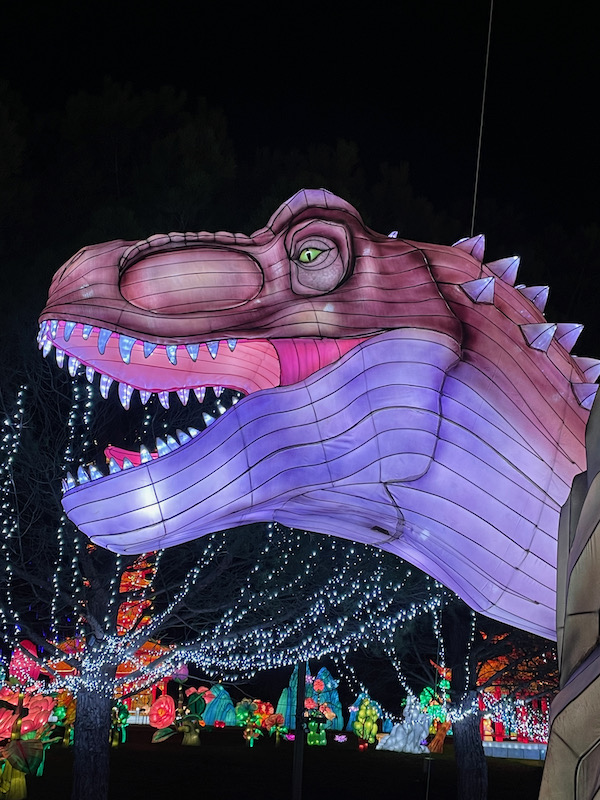
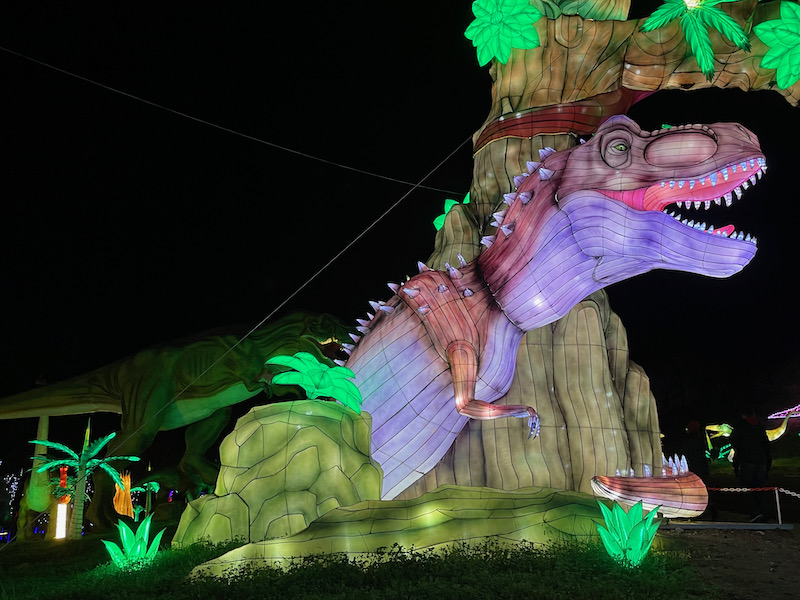
Flowers along the banks small hillsides that represent the Toulouse Violets.
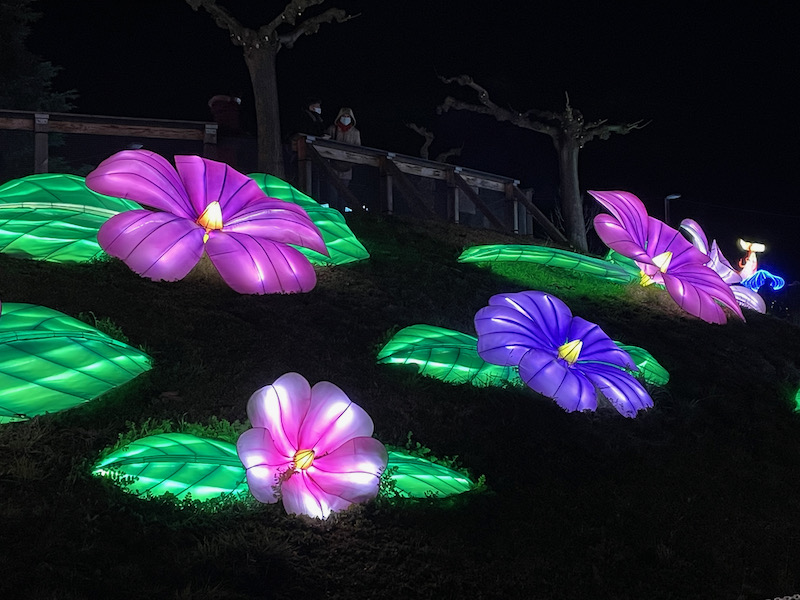
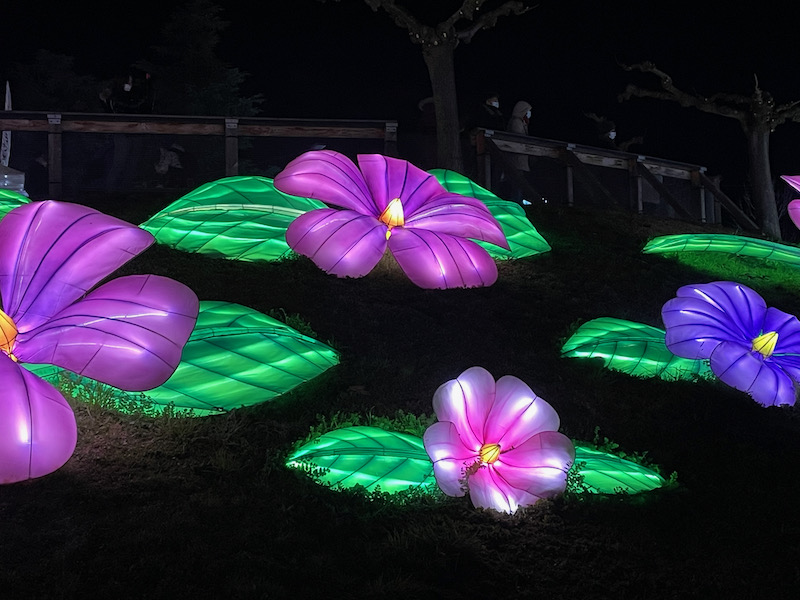
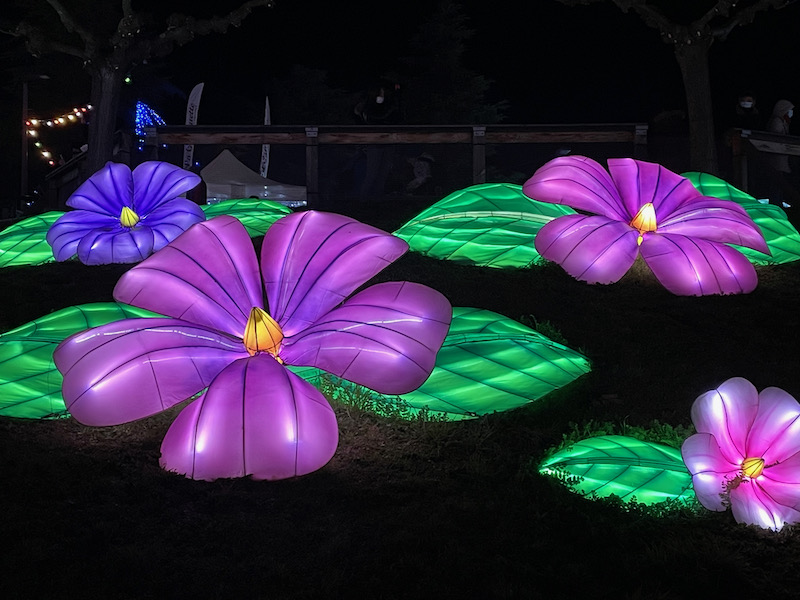
These were interesting for me because while they were lit, they seemed to be made of little clear mosaic tiles instead of silk, like the majority of the other lanterns. The Qilin is a legendary hoofed creature with 1 horn that appears in Chinese mythology, and is said to appear with the imminent arrival or passing of a sage or illustrious ruler. The earliest references to the qilin date back to the 5th century BC. They normally have heads similar to dragons, with antlers, thick eyelashes, manes that always flow upward, and beards. The body is fully or partially scaled and often shaped like an ox, deer, or horse. They are always shown with cloven hooves.
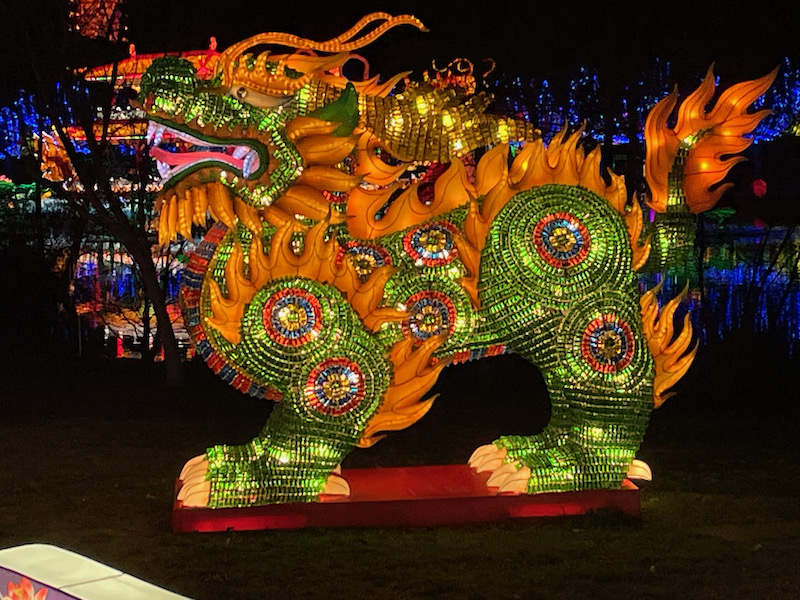
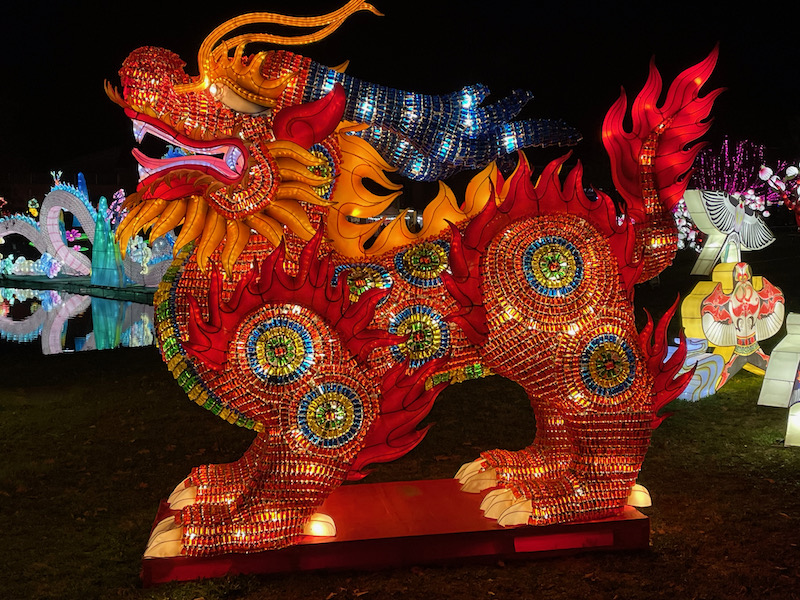
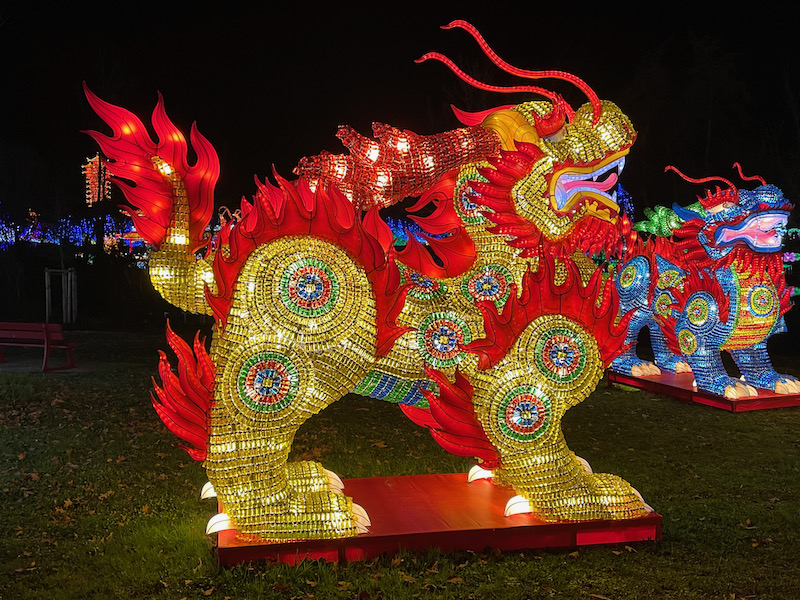
Lastly, the Chinese zodiac signs ... these lanterns seemed to be very much created for kids. Tom and I are the Bunny and the Horse.
